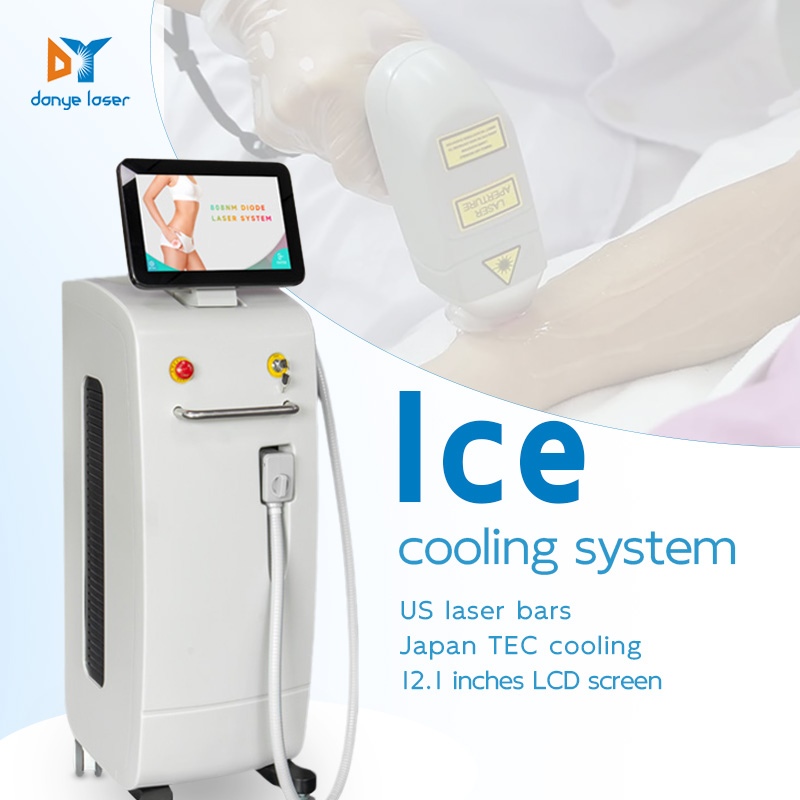The hair growth cycle is divided into three main stages: growth phase, regression phase, and resting phase. The Anagen Phase is the growth stage of hair, usually lasting 2 to 7 years, during which hair follicles are active and cells rapidly divide, leading to gradual hair growth. The Catagen Phase is a transitional stage that lasts for about 2 to 3 weeks, during which hair growth stops, hair follicles begin to shrink, and the connections between hair follicles become loose. Finally, there is the telogen phase, which usually lasts for 3 to 6 months. The hair is in a quiescent state, and old hair eventually falls off while new hair prepares to enter the growth phase.
Understanding the hair growth cycle is crucial for the application of hair removal techniques. Hair removal methods such as laser hair removal and photon hair removal are mainly aimed at growing hair, as the melanin content of hair is high at this time, and laser can effectively destroy hair follicles. In this regard, our factory’s product DL9 machine performs excellently, accurately locating hair during the growth period and providing efficient hair removal effects. During the degenerative and resting periods, the growth rate of hair slows down, and the laser’s hair removal effect on these hairs is poor. Therefore, multiple treatments are needed to ensure effective hair removal in different growth cycles.
In addition, factors that affect the hair growth cycle include genetics, hormone levels, nutritional status, and health status. Genetic factors determine the growth rate and density of hair, while hormonal changes such as fluctuations in estrogen and testosterone can lead to sparse or increased hair. A balanced diet and sufficient nutrients are crucial for maintaining hair health. Understanding this knowledge can help us better choose hair removal methods and care measures, thereby achieving ideal hair removal results, and the DL9 machine provides strong support for this process.
Post time: Sep-29-2024




